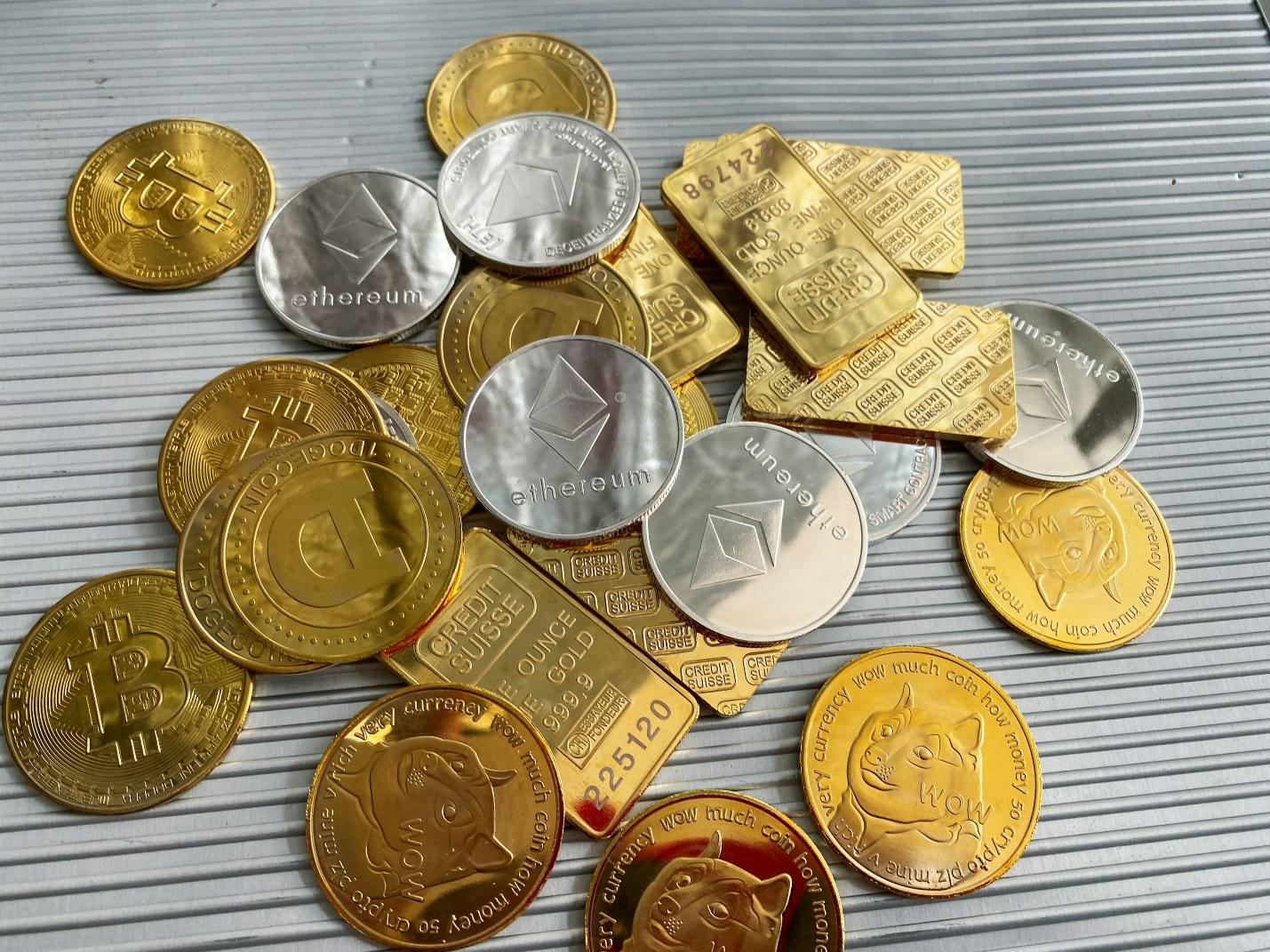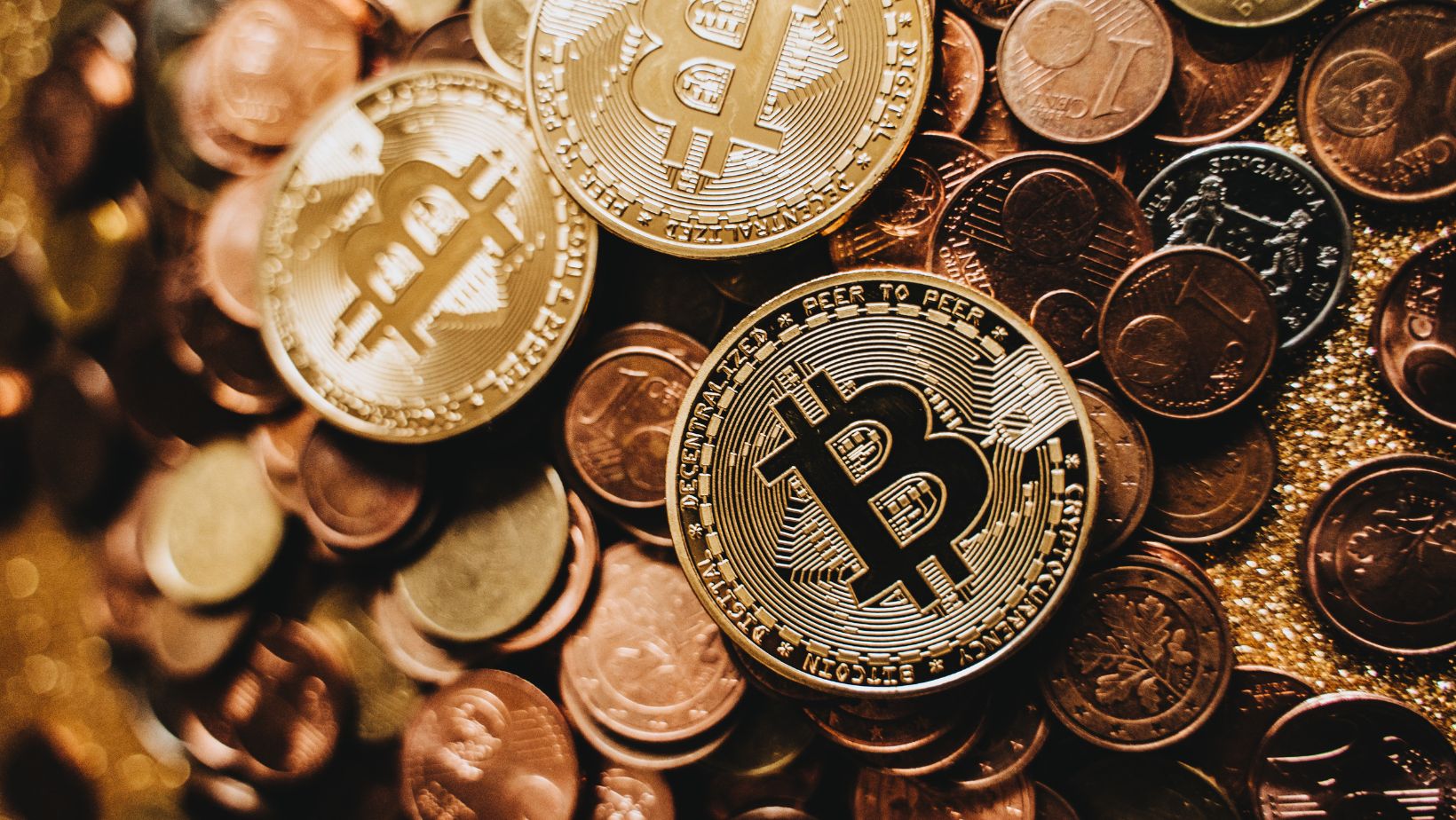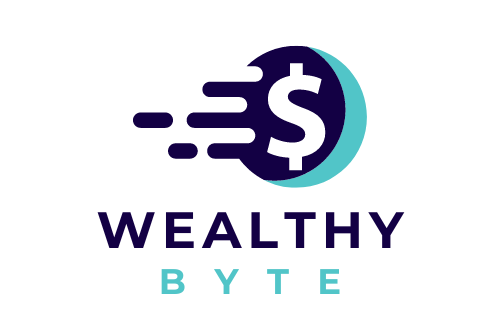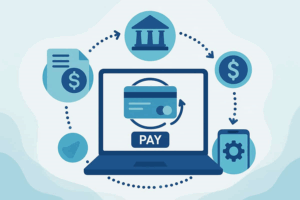
Cryptocurrencies are a fully digital asset class that is relatively new in the financial world, but they have nonetheless risen to considerable prominence during the last couple of years. The most attractive thing for them is their decentralized nature, as they don’t operate like other holdings but are instead stored and hosted on blockchain networks, which operate as fully decentralized ledgers. Once information is entered into the system, it cannot be modified, deleted, or altered in any way, meaning that investors must be extra careful anytime they perform a transaction because sending the money to the wrong address will typically mean that they are gone forever, as the only way to get them back is if the wallet that received the payment decides to return it.
However, cryptocurrencies also have the significant drawback of being far more volatile than traditional asset classes, with the prices changing significantly in as little as twenty-four hours. These shifts are one of the main reasons why crypto is not even more popular among investors, as many are worried about the potential of losing a lot of capital. In order to minimize these risks, traders are looking into the latest news that could potentially affect prices and complete analyses based on charts and historical price points. Having a good idea of the general crypto market can be very useful as well, as the prices influence one another. For instance, Render value is directly correlated to the price and performance of other, more recognizable names such as Bitcoin. If you want to invest in altcoins of any kind, you need to be aware of the influence BTC can have on them.
What is Render?
Render token, also known as RNDR or ERC-20, is an Ethereum-based token that powers the Render Network, a protocol that allows distributed graphics processing. Apart from Ethereum itself, Render is also operational on Solana and Polygon at the moment, and its main aim is to connect studios and artists who require GPU computational power with miners who are willing to rent theirs. The network and the idea behind it were first developed in 2009, but it took until 2017 for an official launch, making Render one of the newer additions to the cryptocurrency ecosystem.

Render operates by allowing artists to use RNDR tokens, with the network using a mix of manual and automatic proof-of-work systems, referred to as proof of render among community members. This system can verify that the art has been successfully rendered before the payment can be received and the pieces are released. All the payments and transactions are initially stored in escrow during the rendering, where they later await manual verification. This step is completed by the commissioned artist, who verifies if the work was completed in an adequate manner.
After the check-up is complete, it is time to release the art to the node operators. In order to prevent any malicious actors from executing schemes into the network, all the assets are watermarked until the payment has been received. Having safety protocols in place is crucial for the digital asset environment, as the crypto world is well-known as a magnet for hackers and cybercriminals who see it as a sort of low-hanging fruit that is easy to exploit.
The Use Cases
The primary purpose of Render is to make GPU cloud rendering more accessible and simpler to use. This could make next-generation technologies like 3D rendering widely available for the demands of immersive media. It would also create a more extensive and comprehensive platform for several tasks. The list includes everything ranging from the most elementary rendering work to AI and ensures that they would all be facilitated rapidly without compromising on their efficiency. The use of a peer-to-peer blockchain to complete these actions would also help in this regard, as the blockchain is a reliable source for many and became popular with investors because of its ability to make transactions faster, irrespective of the time of the day or geographical borders.
The people who have idle GPU processes that are connected with those who could put them to good use via the use of Render. Since its earliest days, the network has been predominantly associated with animators, artists, engineers, architects, and designers. This has earned Render a reputation as a place of incredible creative freedom that can ensure efficient usage of economics in the world of content creation and distribution.
Price Analysis
The fourth quarter of 2024 has been very good for the crypto marketplace as a whole. The growth was the result of the developments and price appreciation Bitcoin went through. As the largest cryptocurrency in the world, BTC’s movements are known for their ability to impact the larger sector as well, and the entire marketplace responds when Bitcoin records any type of changes. Right now, investors have already begun discussing the fluctuations they can expect in 2025.

It’s essential to remember that volatility remains one of the core characteristics of the crypto market, and that having a strong strategy will always be of paramount importance. However, investors will likely have reasons to rejoice as many expect the bull run to continue in the upcoming year, allowing Render to reach new record levels of as much as $18 in 2025.
The Advantages
Render offers several advantages for its users, including scalability, IP protection, and the ability to choose from a wide range of options. The scalability means that the network could be transformed to any size in order to meet user demands, while the IP protection is carried out via encryption that guarantees the rights of creators are protected during the entire time. Render is also an efficient alternative for those who feel that other market solutions are too costly and who would like to save some money during the creative process.
As a relatively new addition to the blockchain finance environment, Render is not as well-known as BTC, but its ability to deliver cutting-edge services and fill a lucrative market niche couldn’t have gone unnoticed for long.















